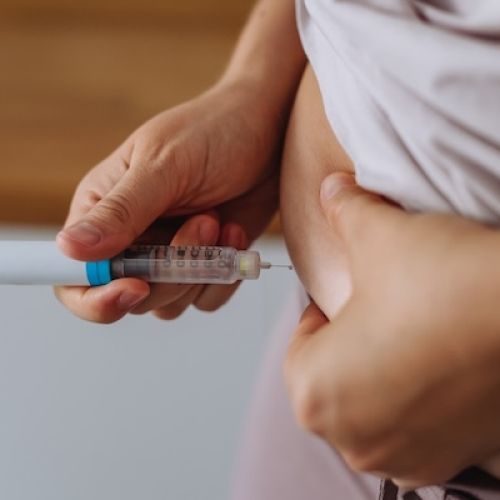Benefits of Preimplantation Genetic Screening

Couples undergoing fertility treatments may be asked whether they would like to have preimplantation genetic screening and diagnosis (PGS/PGD). It’s natural to wonder how PGS/PGD might benefit you and your future family.
At the California Center for Reproductive Health, our specialists Eliran Mor, MD, and Irene Woo, MD, can help you understand what the procedures are, how they’re performed, and the ways in which you can benefit.
What is PGS/PGD?
PGS/PGD is performed in conjunction with in vitro fertilization. In a standard IVF, embryos created in the laboratory are chosen for implantation into your uterus based on their visual quality.
With PGS/PGD, however, the doctors carry out testing that evaluates each embryo’s chromosomes to identify abnormalities. The preimplantation screening and diagnostics greatly improve the success rates of transfers, so you have a greater likelihood of carrying a pregnancy to term.
How does PGS/PGD work?
Following introduction of sperm to the egg, embryos form. They develop into blastocysts, consisting of 100-200 cells, by day five or six. Your fertility specialist removes 4-6 cells from the blastocyst and sends them to a lab for genetic screening. While we await results, we keep the embryos frozen, ready for implantation at the right time.
PGS checks for chromosomal normality, meaning the sample cells contain 46 chromosomes (23 pairs). Embryos with missing chromosomes or an extra chromosome are less likely to result in a successful, healthy pregnancy. PGD checks the embryos for genetic mutations that cause disorders like hemophilia and cystic fibrosis.
What are the benefits of PGS/PGD?
Chromosomal abnormalities are responsible for 50% (and perhaps more) of miscarriages in the first trimester. PGS/PGD identifies embryos without these abnormalities so we can use them for your IVF, thus increasing the likelihood that you’ll have a healthy pregnancy and baby. The procedure increases the chance of a healthy pregnancy regardless of your age.
Because PGS/PGD helps achieve higher pregnancy rates per transfer, you’re less likely to need as many cycles of IVF, which means less time, stress, and cost.
We can also help you achieve pregnancy with a single-embryo transfer, because we’re confident in the health of that embryo. This reduces the health risks and pregnancy complications that are associated with carrying multiples. These complications include preterm birth, preeclampsia, and abnormal placental function.
If you go through an IVF cycle and PGS/PGD doesn’t identify a viable embryo, you can start your next IVF cycle right away.
Who are the best candidates for PGS/PGD?
While PGS/PGD is an extra step in your IVF process, it’s well worth it as the procedure can reduce the risk of miscarriage and failed transfers.
While women of all ages going through IVF can benefit, PGS/PGD is especially helpful to women 35 and older. The risk of chromosomal abnormalities in embryos increases notably as you age.
If you have a history of recurrent miscarriage, PGS/PGD is also highly recommended. Our doctors discuss your health history and pregnancy history when helping you determine if PGS/PGD is right for you.
To learn more about preimplantation genetic screening and diagnosis as well as other valuable fertility services, contact us at the California Center for Reproductive Health. Call today or use the online tool to set up a consultation.




